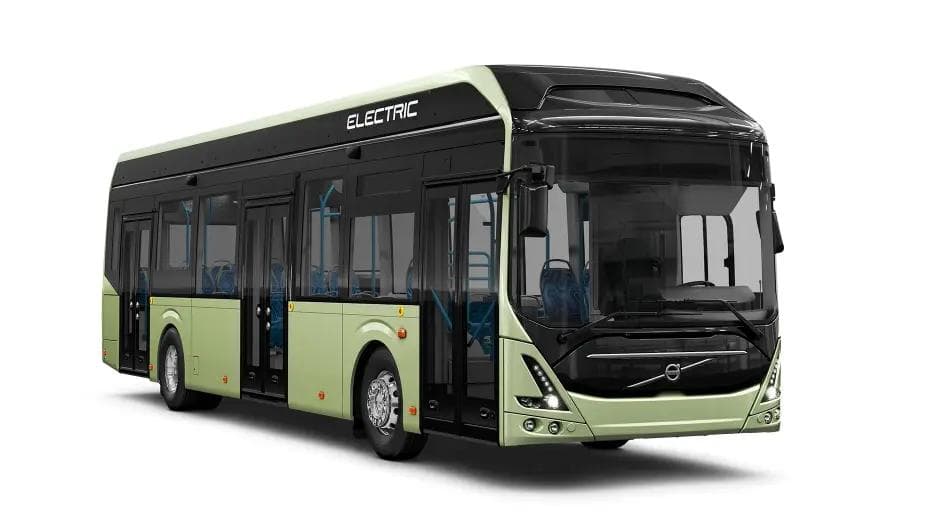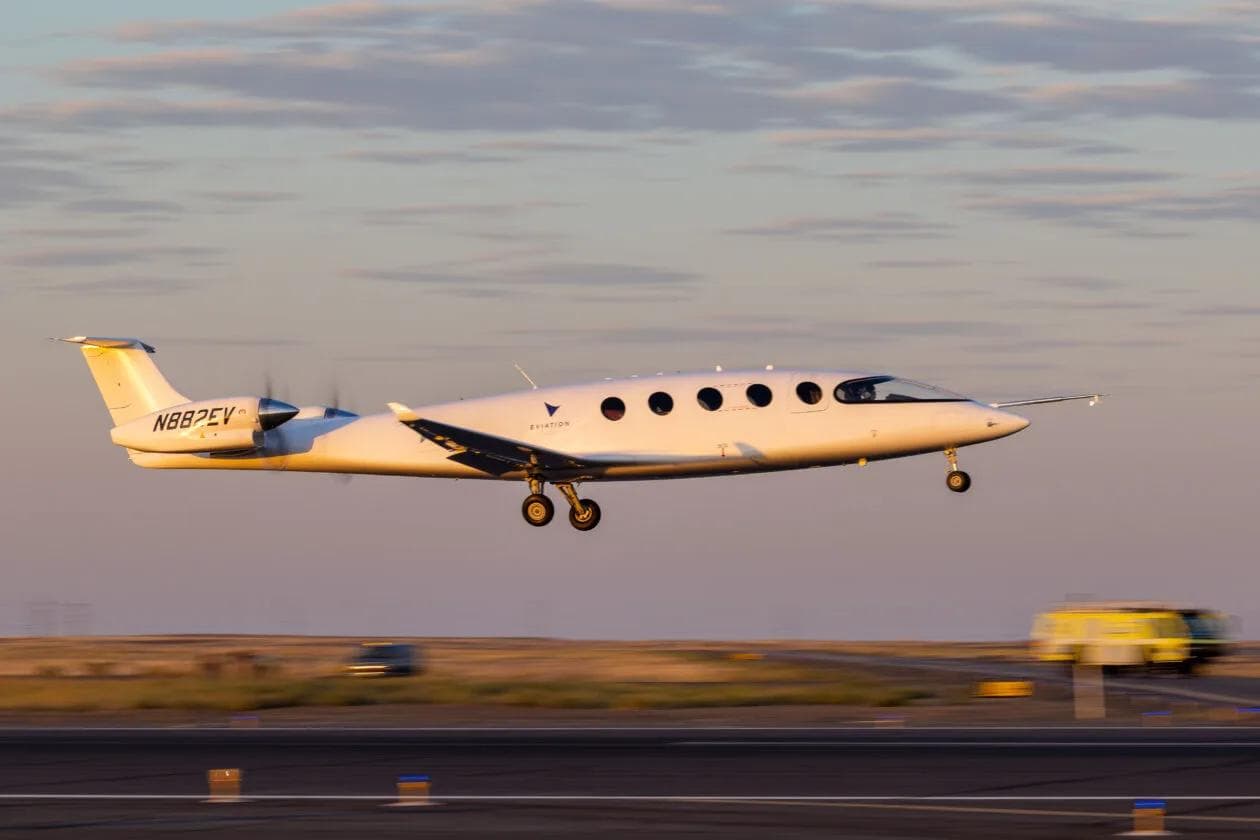As much as we’ve been focusing heavily on the electric cars (which are at the forefront of eMobility), there’s much more to the whole electric transportation industry. Some are already fairly popular, and others are still in development phases.
However, the scale of electrification grows rather rapidly all over the world and across different means of transportation.
City transportation
In the city, we can most commonly see electric buses, trolleys, and trams. The first two usually share the same infrastructure – they both have batteries that need to be regularly recharged and often use the same routes.
Trams are a bit different as they’re almost always connected to an overhead wire that powers them constantly. This limits their range but makes them more reliable, which is important for public transportation.
Buses are the most common type of electric city transportation. In Europe, the majority of new buses being put into circulation are electric. The same goes for China, where air pollution is a pressing issue, and the government is investing a lot in eMobility.
Electric Volvo Bus, source: https://www.volvobuses.com
The two biggest bus manufacturers are BYD and Yutong, both from China. In Europe, the most popular models are those made by Volvo, Scania, and MAN.
Trolleybuses are very similar to regular buses but draw power from wires suspended above them, much like trams. These are mostly found in Eastern Europe and Russia – countries with large areas and long distances between cities.
Taxis and ride-hailing services are also starting to switch to electric cars. In Europe, the Netherlands was one of the first countries to make this transition. The country’s two biggest taxi companies, Connexxion and TCA, have both announced that they will only buy electric vehicles from 2020 onwards.
Ride-hailing services like Uber and Lyft are also starting to switch to electric cars in some cities. In London, for example, Uber has committed to having all of its cars be electric by 2025.
Trains
Trains are another area where electrification is happening rapidly. In Europe, a lot of new trains being put into circulation are electric. The same goes for China, which is investing heavily in high-speed rail.
The two biggest train manufacturers are Siemens and Alstom, both from Europe. In China, the most popular models are those made by CRRC.
In the United States, Amtrak – the national rail operator – has announced that it wants to replace all of its diesel-powered trains with electric ones by 2035.
Trucks
Trucks are another area where electrification is starting to happen. Tesla has already launched an all-electric truck – the Tesla Semi. The truck has a range of 500 miles (800 km), and it can haul up to 80,000 pounds (36,000 kg).
Daimler – the parent company of Mercedes-Benz – is also working on an all-electric truck. The truck – called the Freightliner eCascadia – has a range of 250 miles (400 km).
Volvo – one of the world's largest truck manufacturers – is also working on electric trucks. There are already some models in place – such as the Volvo FL Electric – but the company is also working on an all-electric truck that will have a range of 300 miles (480 km).
Airplanes
The aviation industry is starting to explore electrification as well. Eviation Aircraft's Alice is the first all-electric passenger plane. It's a small aircraft that can seat up to nine people and has a range of 650 miles (1,046 km). The company is planning to start commercial operations in 2022.
Airplane Alice, source: https://www.eviation.com
Wright Electric is another company working on electric passenger planes. It plans to launch a short-haul plane that can seat up to 150 people by 2027.
However, Wright Electric is not the only company working on electric planes. Airbus, Boeing, and Embraer are all exploring the possibility of making electric planes. In the cargo sector, Airbus is working on an all-electric plane called the E-Fan X. It's a hybrid plane that will have four electric motors and two gas turbines. For now, it operates as a technology showcase and it's paving the path for future electric airplanes to come.
Electric airplanes are still in development, but there are already a handful of companies working on them. The most promising designs are those that use electric motors to power the propellers or turbofans.
The biggest obstacle to electric airplanes is their range. Current battery technology can only provide enough power for short flights. This is why most of the research is being focused on hybrid designs that combine electric motors with traditional combustion engines.
Ships
Ships are one of the last areas to be electrified. It is happening slowly but surely. The first electric ship was put into operation in 1881, but it wasn’t until the 2010s that the technology started to be used on a larger scale.
The two biggest manufacturers of electric ships are ABB and Siemens, both from Europe. In China, the most popular models are those made by CIC.
The most common type of electric ship is the ferry. In Europe, there are already several hundred electric ferries in operation. The world's first all-electric container ship – the MV Yara Birkeland has debuted in Norway. It will be able to carry up to 100 containers, and it will sail between three Norwegian ports.
Yara Birkeland, source: https://www.yara.com/
Norway is also home to the largest fleet, where over 60% of all ferries are electric. Generally, there are only a handful of electric cargo ships in operation, but that is expected to change in the coming years.
In terms of the electric cruise ships, there aren’t many, but the world's largest electric cruise ship,” the Yangtze River Three Gorges has recently set on its maiden trip. The new, 100-meter-long ship is a marvel of technology and sustainability. It can haul up to 1,300 passengers at one time with its 7500kWh battery pack.
Transport electrification takes place in nearly all kinds of areas. Including things like construction and farm equipment. As much as the changes in how we power the utilities are widely visible, there’s still a long way to go before it’ll take over for good.
You can learn more about the smart eMobility and emerging trends from our ebook The Growing Concept of E-Mobility. It can be downloaded freely for everyone.




